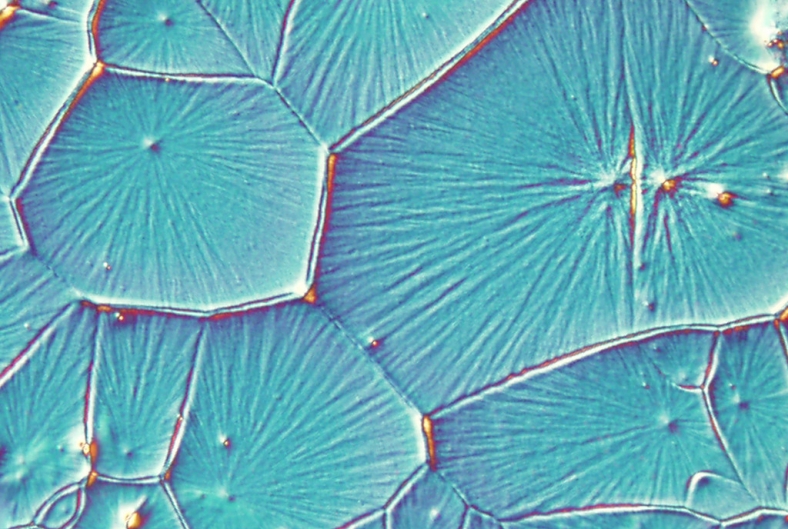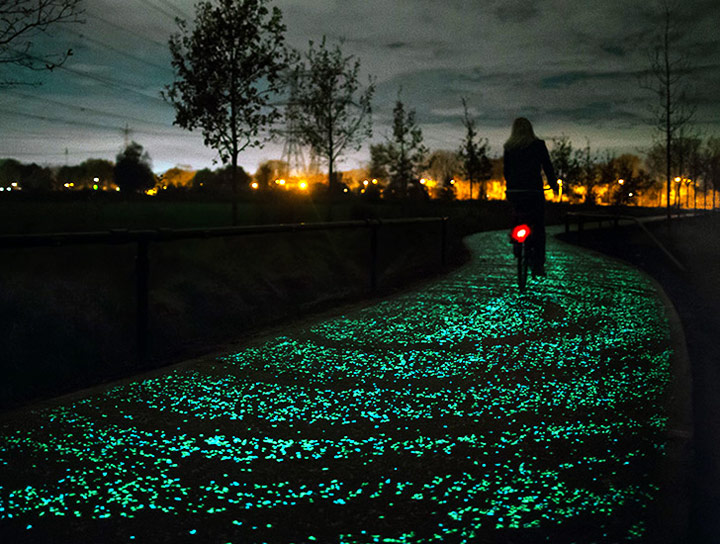Solar Impulse continues solar powered flight around the globe
Last week we brought you Solar Impulse crossing the Atlantic. This week, the zero-fuel aircraft is on its way to Cairo from Seville, Spain. It will take between 48 and 72 hours, depending on the weather conditions. Solar Impulse has been circumnavigating the globe for a year. After this leg, there is just the final hop to Abu Dhabi where the challenge began in March 2015. The two pilots, Andre Borschberg and Bertrand Piccard will complete the challenge by taking Solar Impulse back into the UAE.
The Next Generation of Solar Panels

Scientists have just taken one step closer to the next generation of solar panels. Our current solar panels convert sunlight to electricity by using silicon crystal chemistry. However, the future solar panels might rely on perovskite crystals that can make the panels cheaper, simpler, and more efficient. Researchers at Los Alamos National Laboratory just need to tweak perovskite for its light-absorbing capabilities to last longer. Otherwise, it has a promising future.
To read the full article, visit: http://energy.gov/articles/next-generation-solar-panels
Ride your bike down the world’s first solar road

The Netherlands built the world’s first solar road last year – an energy-harvesting bike path paved with glass-coated solar panels. It is strong enough to support 12-tonne fire trucks causing no damage.
Now, six months later, the engineers are saying the system is working even better than expected. The 70-meter test bike path generates 3,000 kWh which is enough to provide electricity to a small household for a year.
“If we translate this to an annual yield, we expect more than the 70kwh per square meter per year,” says Sten de Wit, spokesman for SolaRoad. It would be pretty cool to cover up our roads with this stuff.
The solar panels used for the bike path at Krommenie, a town north of Amsterdam, are sandwiched between glass, silicon rubber and concrete. Each individual panel connects to smart meters, which feed their electricity into street lighting, or the grid.
The engineers for the project spent five years working on the system to be durable. “If one panel is broken or in shadow or dirt, it will only switch off that PV panel,” said Jan-Hendrik Kremer, Renewable Energy Systems consultant at technology company Imtech.
To read the full article, visit: http://www.quiet-corner.com/interesting-things/solar-road-netherlands/
